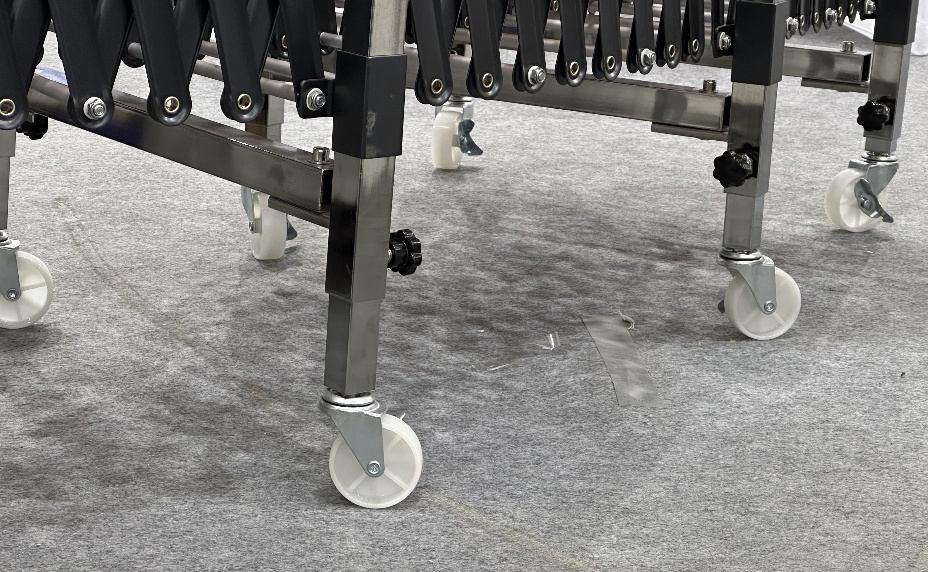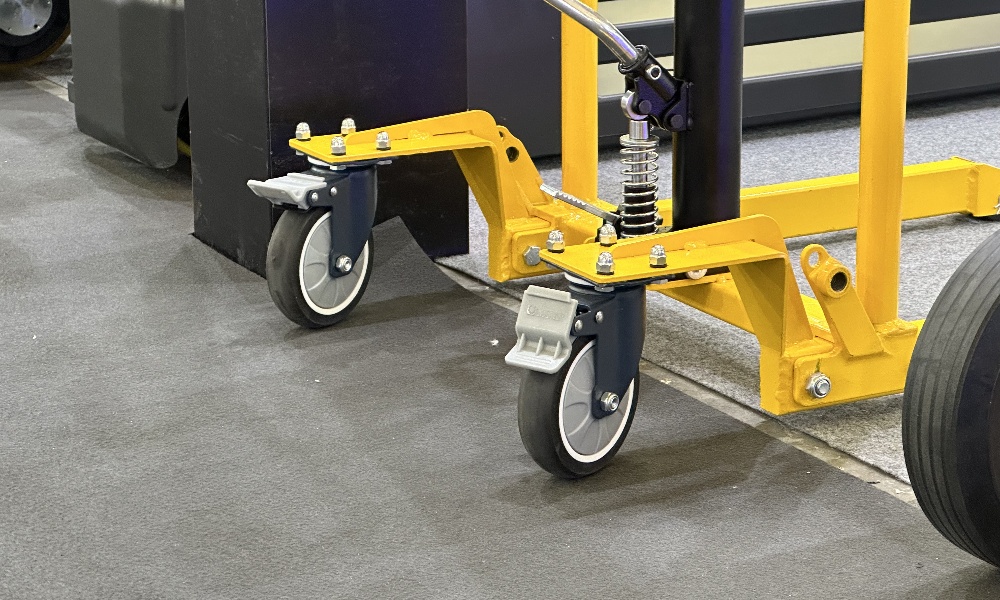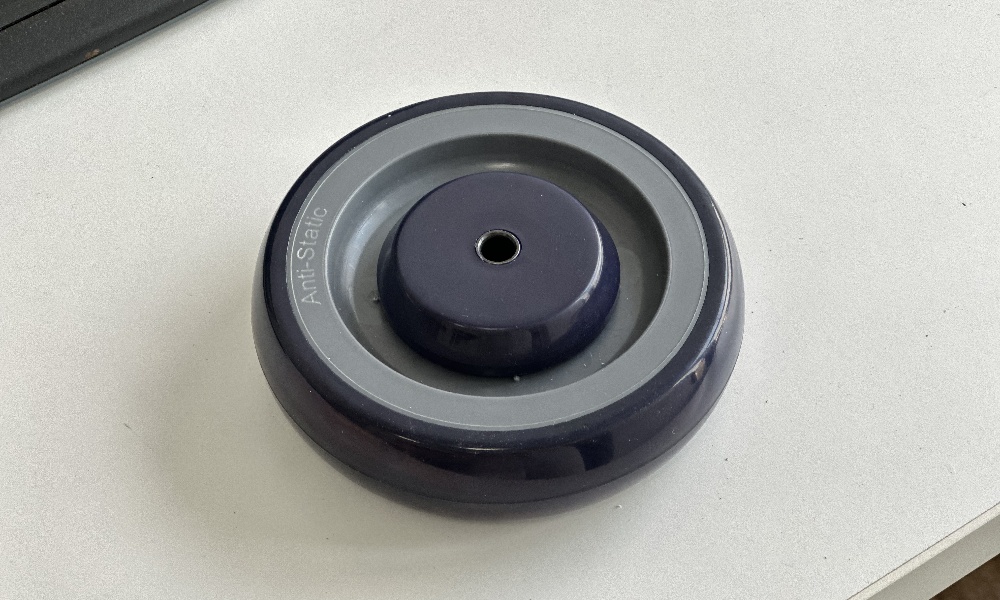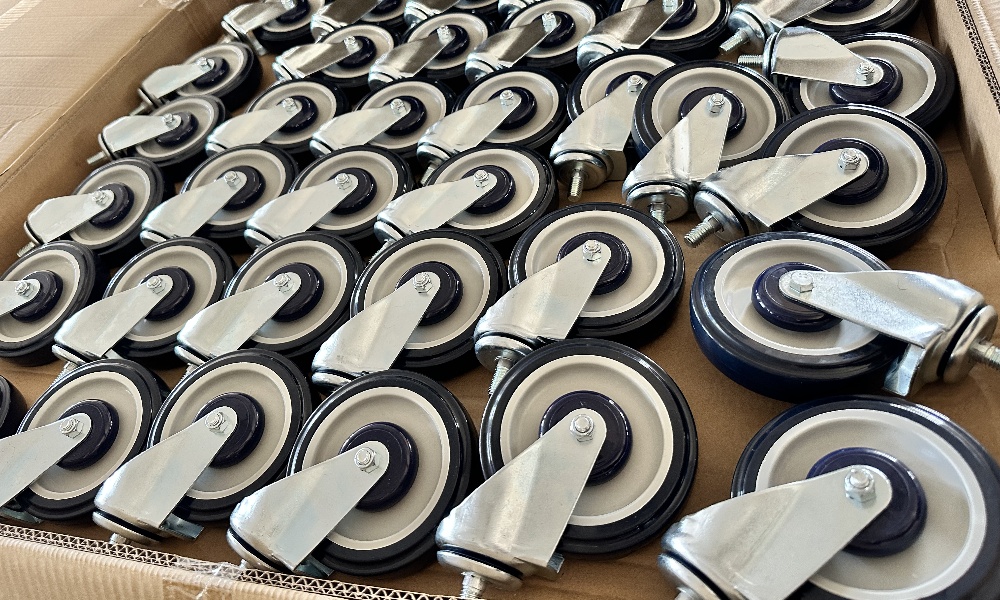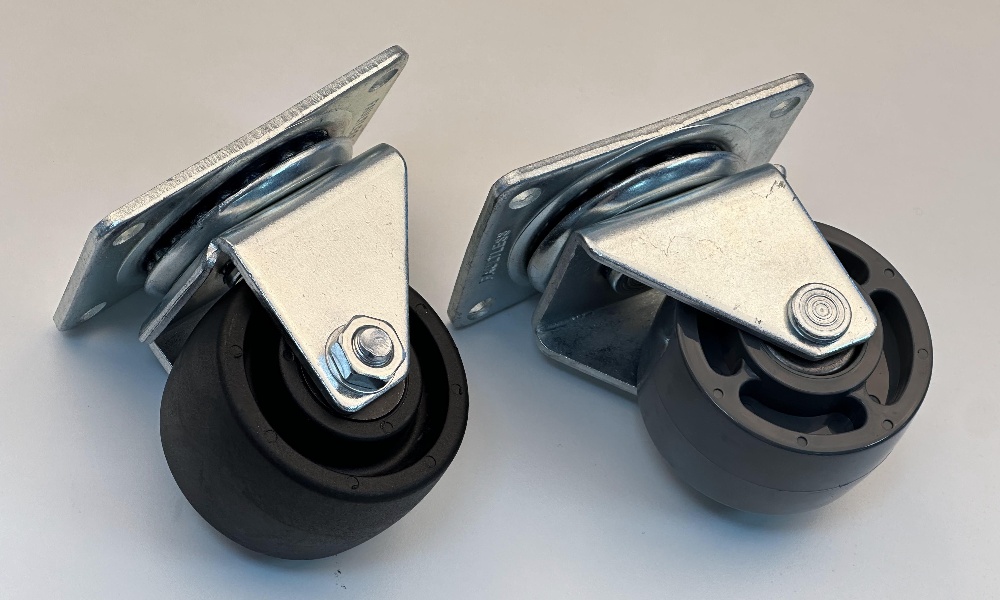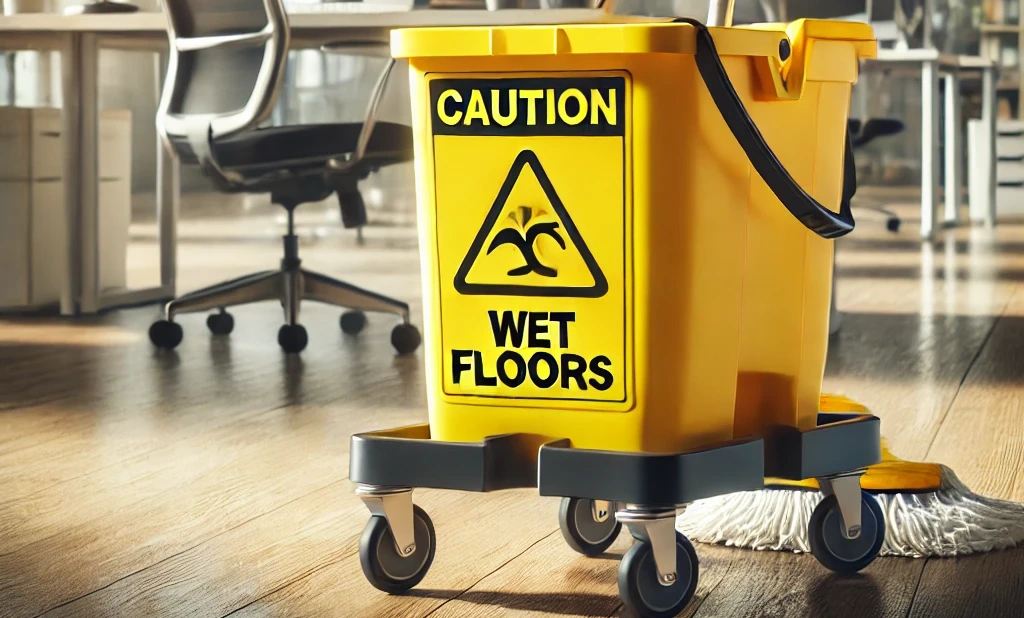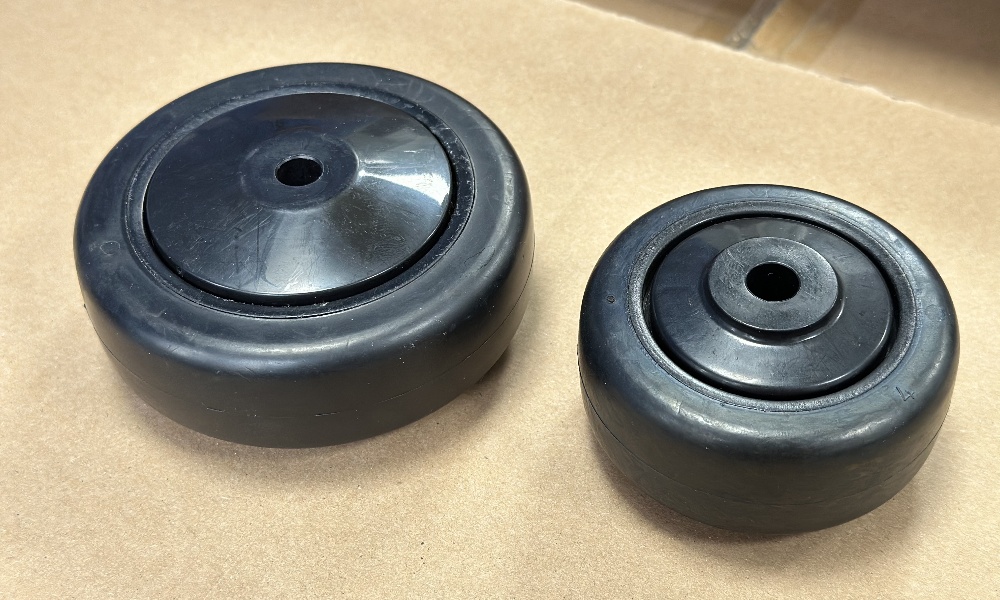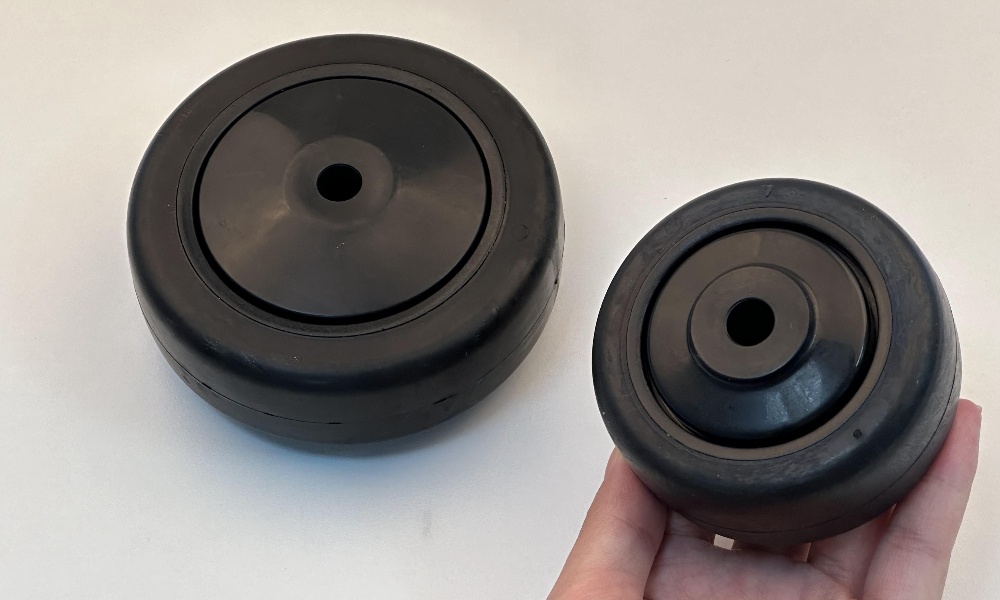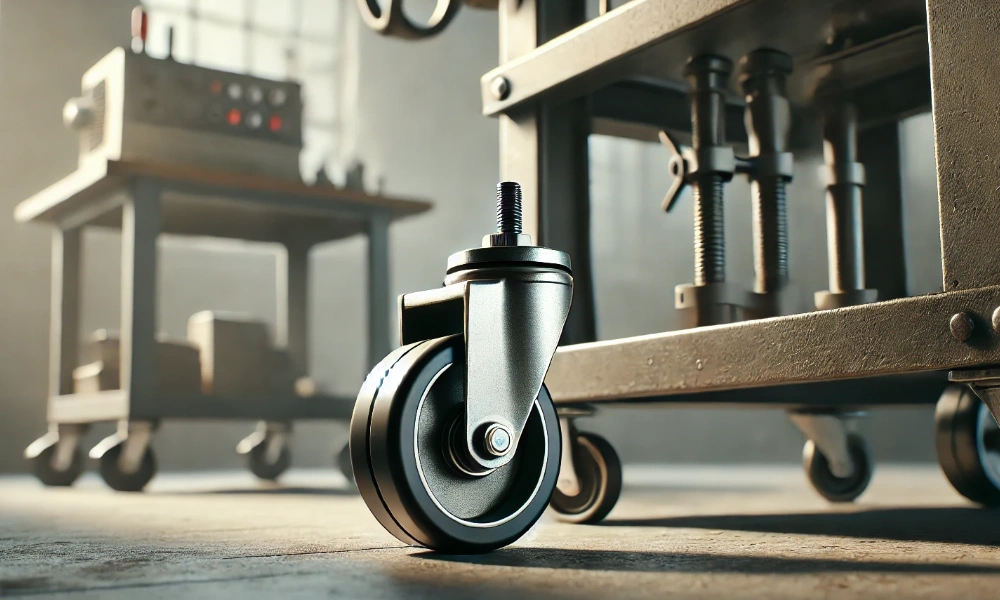How to Select High Temperature Casters
When it comes to industrial applications, the ability of equipment to withstand high temperatures is crucial for ensuring operational efficiency and safety. High temperature casters are specialized components designed to handle extreme conditions, making them essential in various industries such as metallurgy, glass manufacturing, and food processing. Selecting the right high temperature caster can be a complex process due to the diverse range of requirements and specifications involved. This article provides a detailed guide to help you choose the most suitable high temperature casters for your needs.

Understanding High Temperature Casters
High temperature casters are engineered to perform in environments where temperatures exceed the limits of standard casters. These casters are typically made from materials that can endure prolonged exposure to heat without degrading. Key characteristics of high temperature casters include:
-
Material Composition
The materials used in high temperature casters, such as specialized metals and heat-resistant polymers, ensure that they maintain their strength and functionality under high thermal stress.
-
Design Features
High temperature casters often include design features like reinforced bearings and heat-resistant wheels to handle extreme conditions.
-
Temperature Rating
Each caster comes with a specific temperature rating indicating the maximum temperature it can endure without compromising performance.
Key Considerations for Selection
Selecting the right high temperature caster involves evaluating several factors to ensure compatibility with your operational environment and requirements. Here are the key considerations:
-
Temperature Range
Identify the maximum temperature the caster will be exposed to. High temperature casters are designed for different temperature ranges, so selecting a caster with a suitable rating is essential. For instance, casters for temperatures up to 250°C might differ significantly from those designed for temperatures above 500°C.
High-temp Casters Provided by TARGET Casters |
|
Material |
Temperature Resistance Degree |
| Phenolic | -20 ~ 180℃ |
| Phenolic+Glass Fiber | -40 ~ 220℃ |
| Nylon +Glass Fiber | -40 ~ 280℃ |
| Epoxy Resin | -40 ~ 290℃ |
| Phenolic+Glass Fiber | -40 ~ 300℃ |
-
Load Capacity
Determine the load capacity required for your application. High temperature casters come with various load ratings, and choosing one with an adequate capacity ensures safe and efficient handling of materials or equipment. Consider both the static and dynamic load capacities.
Load Capacity Provided by TARGET Casters |
|
Load Capacity |
Reference Picture |
| 100 kg~200 kg | 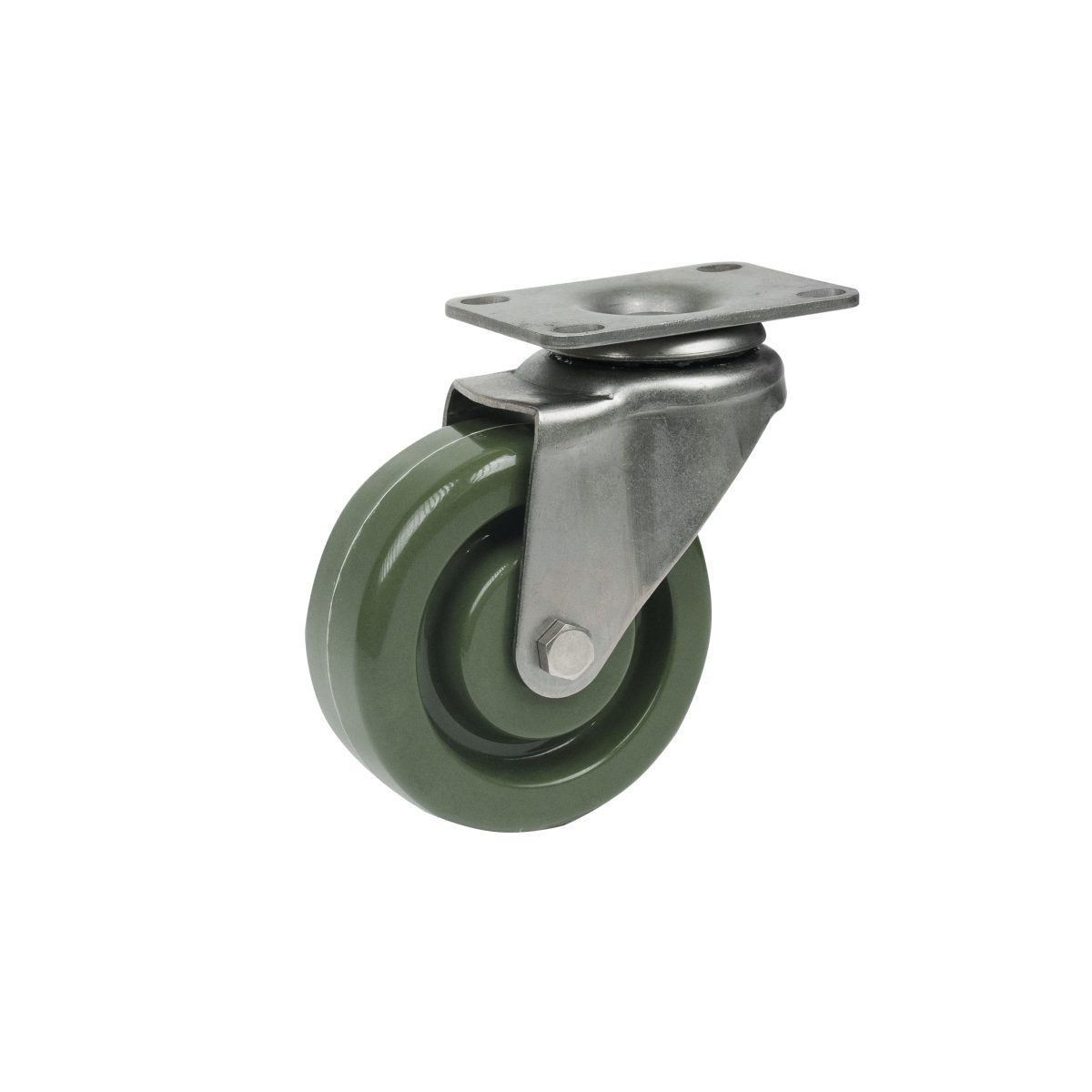 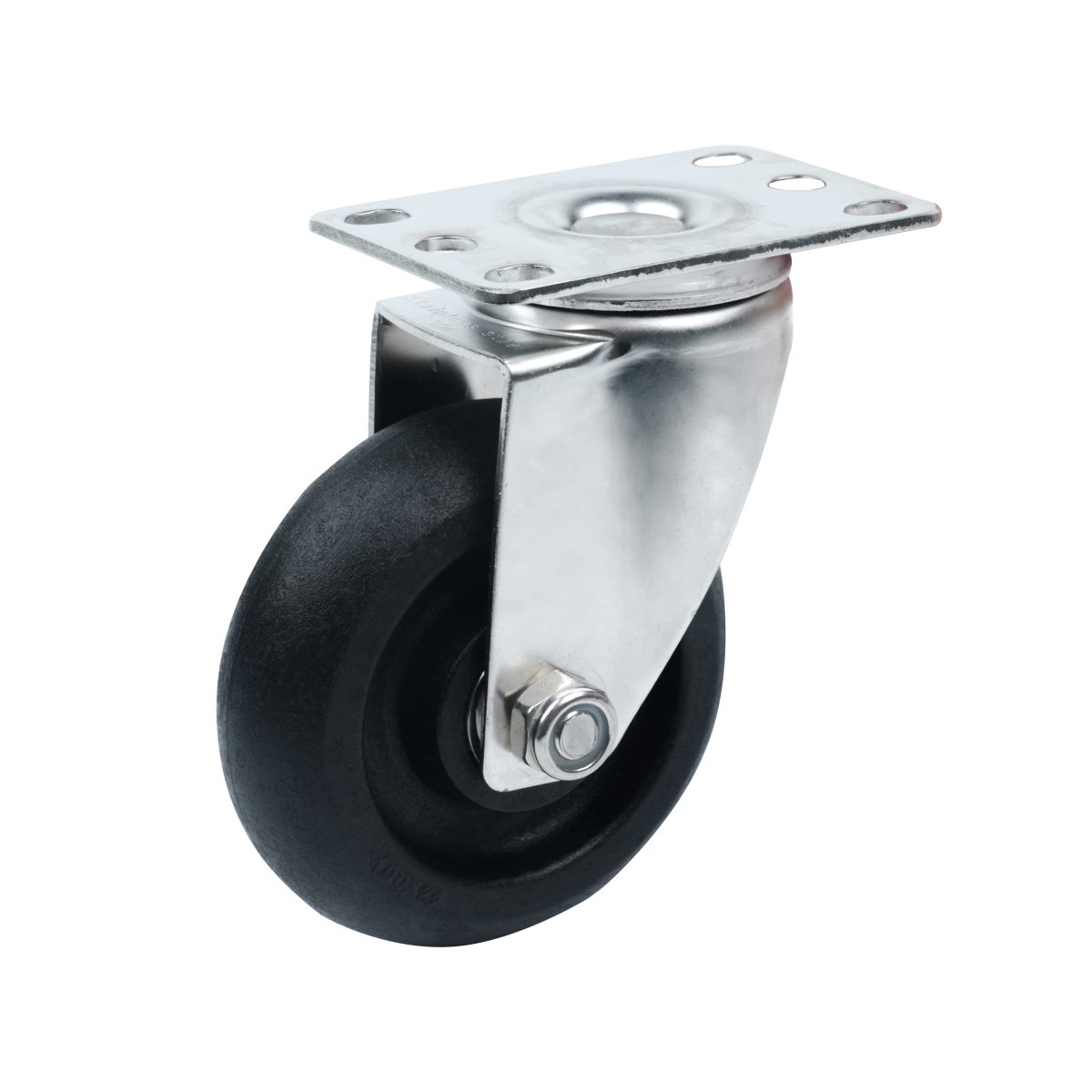 |
| 200 kg~300 kg | 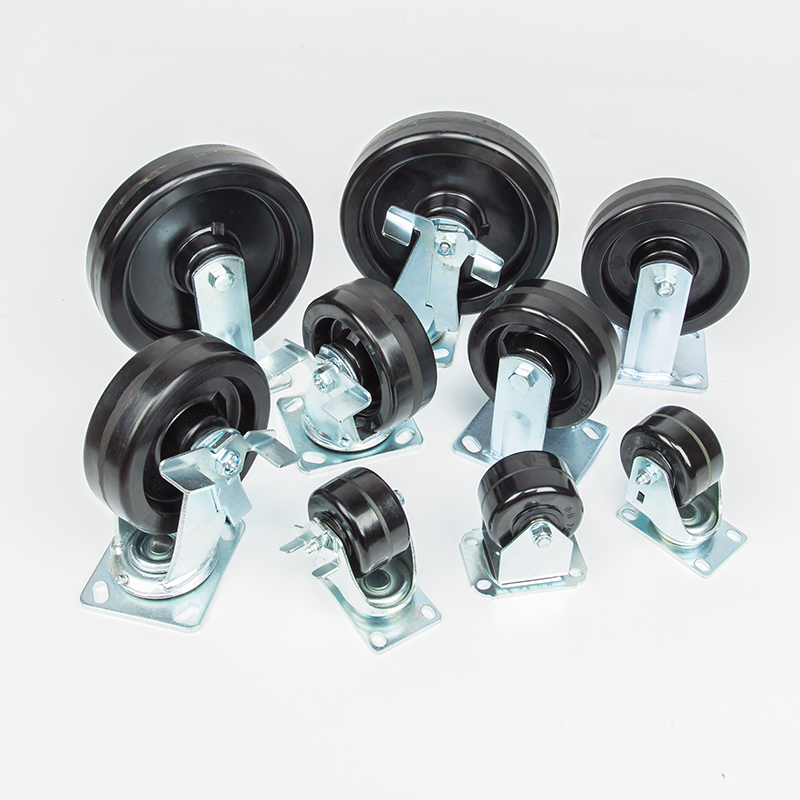 |
| 300 kg~400 kg | 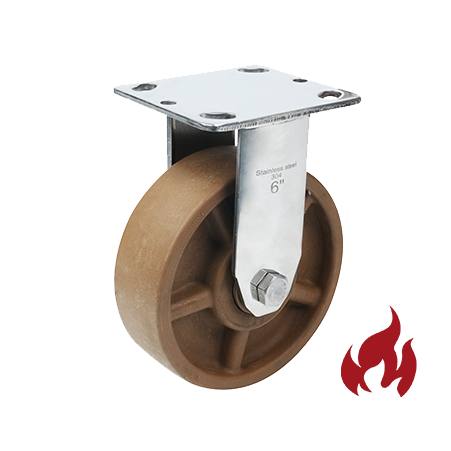 |
| More than 400kg |  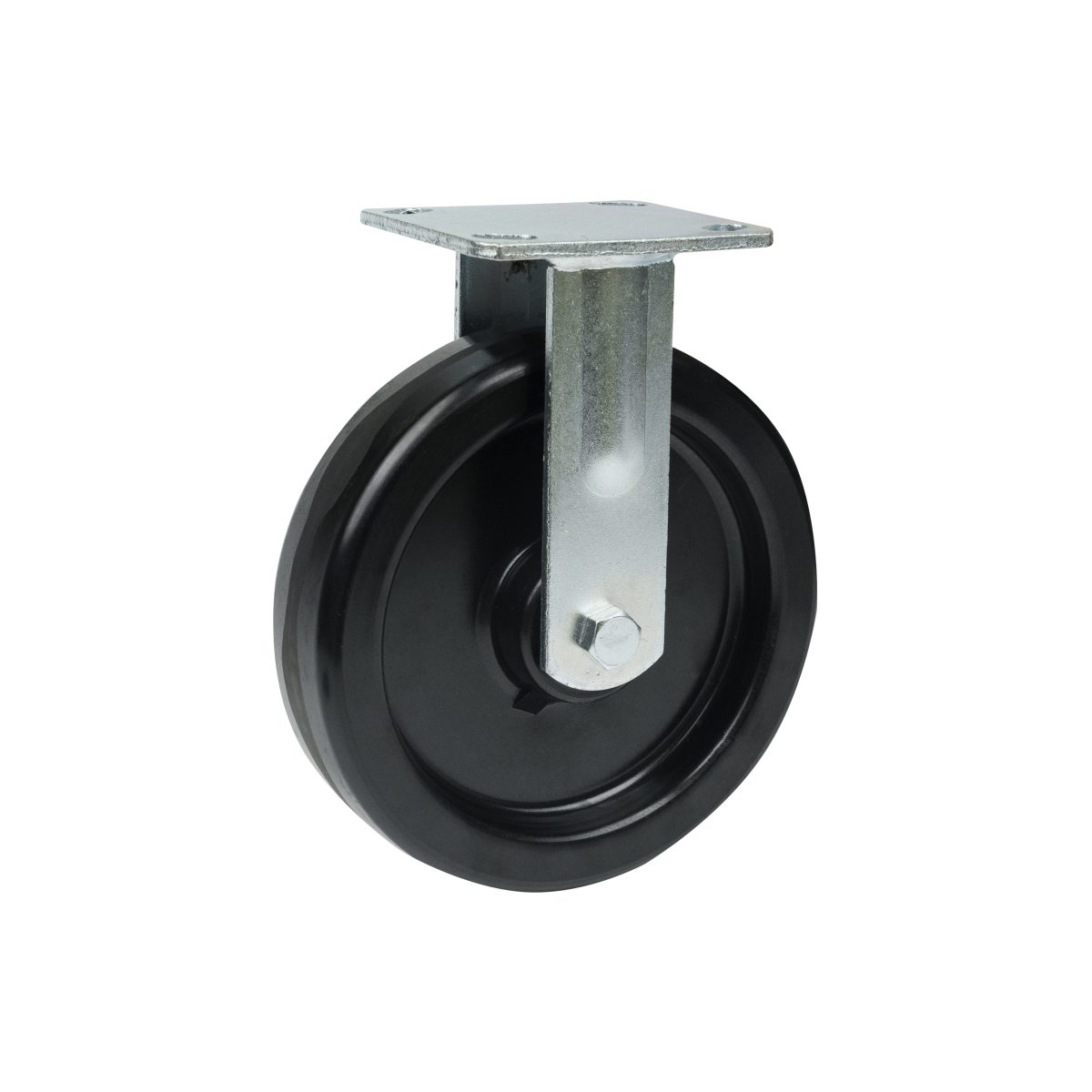 |
-
Material Compatibility
Assess the compatibility of caster materials with the environment. For example, high temperature applications might require casters made from stainless steel, aluminum, or heat-resistant polymers. The material should not only withstand high temperatures but also resist corrosion and wear.
-
Wheel Type
Different wheel types (e.g., solid, pneumatic, or swivel) offer varying benefits depending on the application. For high temperature environments, solid wheels made from heat-resistant materials are often preferred due to their durability and stability.
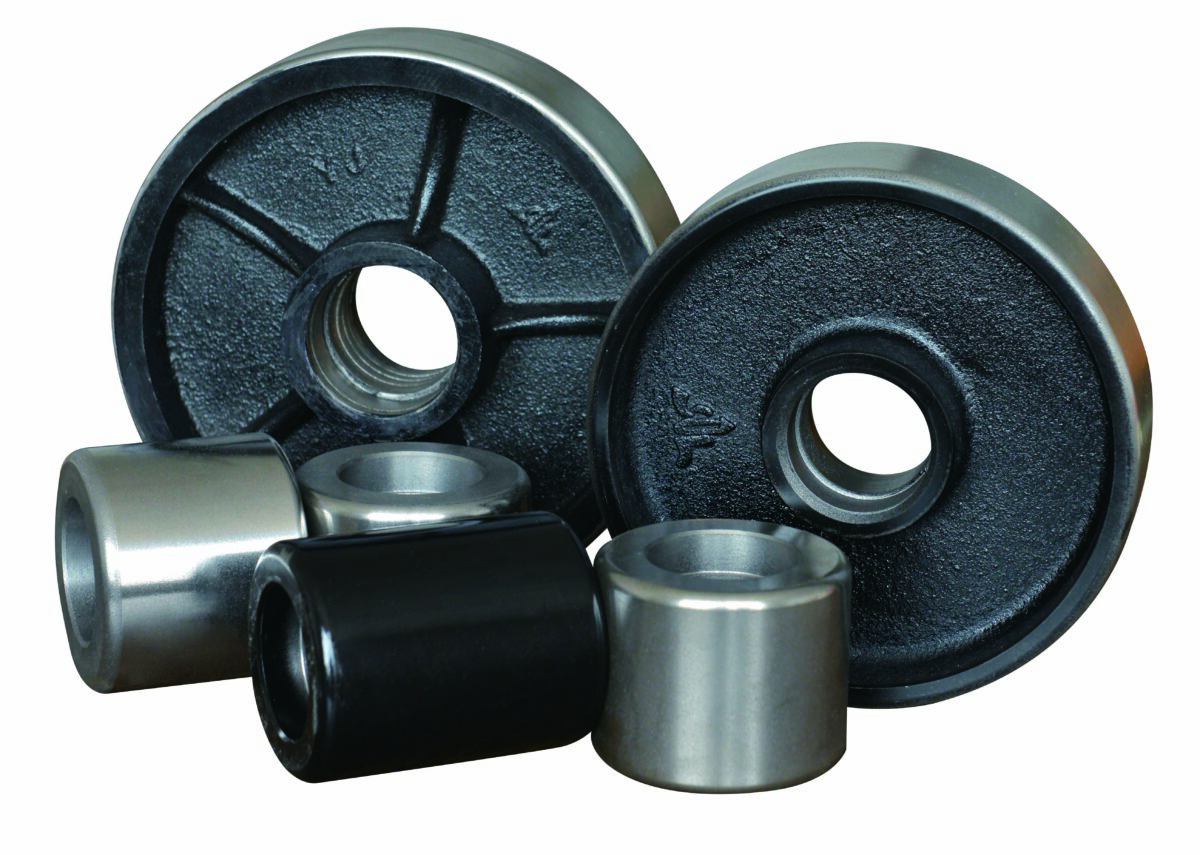
-
Bearing Type
Bearings are crucial for smooth operation. In high temperature casters, bearings must be able to endure heat without melting or becoming damaged. Consider bearings made from high-temperature alloys or those specifically designed for extreme conditions.
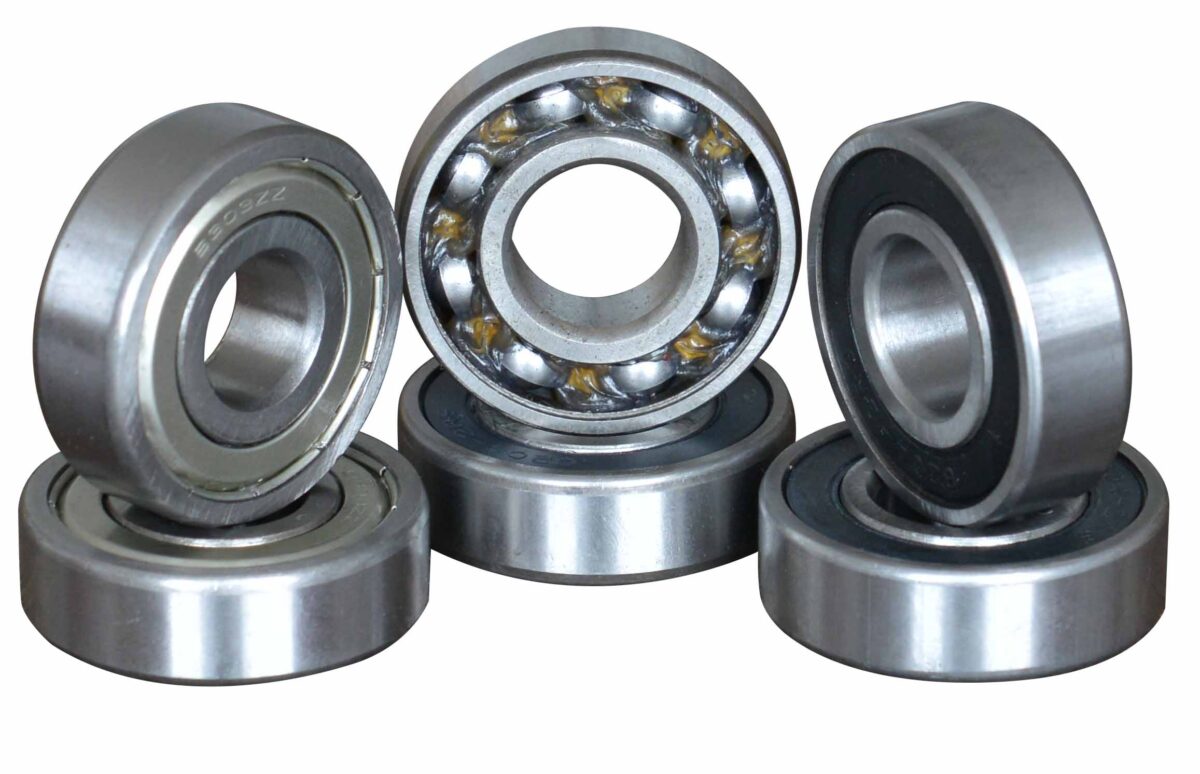
-
Environmental Factors
Apart from temperature, consider other environmental factors such as exposure to chemicals, moisture, or abrasive materials. Ensure that the caster’s material and design can withstand these additional challenges.
-
Maintenance and Durability
Evaluate the maintenance requirements and expected lifespan of the caster. High temperature casters should be low-maintenance and durable to reduce downtime and operational costs.
Types of High Temperature Casters
High temperature casters come in various types, each suited for different applications:
-
Steel Casters
Steel casters are known for their durability and strength. They are often used in environments with high heat and heavy loads. Stainless steel or high-carbon steel casters are commonly used in industries like metallurgy.
-
Aluminum Casters
Aluminum casters offer a lighter alternative to steel, with good heat resistance. They are suitable for applications where weight reduction is important but high load-bearing capacity is still required.
-
Polymer Casters
High-temperature polymers, such as phenolic or nylon, are used in casters for environments where chemical resistance and heat resistance are necessary. These casters are ideal for applications like food processing.
-
Specialized Casters
Some applications may require customized casters with specific features, such as enhanced heat resistance or specialized bearings. Work with a caster manufacturer to design a caster tailored to your unique needs.
Installation and Safety Tips
Proper installation and maintenance are crucial for the optimal performance of high temperature casters. Follow these tips:
-
Professional Installation
Ensure that casters are installed by professionals to avoid misalignment or other issues that could affect performance and safety.
-
Regular Inspections
Perform regular inspections to check for signs of wear, damage, or overheating. Timely maintenance can prevent breakdowns and extend the life of the casters.
-
Avoid Overloading
Adhere to the load capacity limits of the casters to prevent overloading, which can lead to premature failure.
-
Cleanliness
Keep the casters clean and free from debris that could interfere with their operation. In high temperature environments, this is especially important to avoid contamination.
-
Training
Train operators on the proper use and maintenance of high temperature casters to ensure safe and effective operation.
Conclusion
Selecting the right high temperature caster is a critical decision that impacts the efficiency and safety of your operations. By understanding the key factors such as temperature range, load capacity, material compatibility, and specific environmental conditions, you can make an informed choice. Consider the type of caster that best suits your application, and ensure proper installation and maintenance to maximize performance and durability. With careful selection and management, high temperature casters can provide reliable service and contribute to the smooth operation of your industrial processes.


